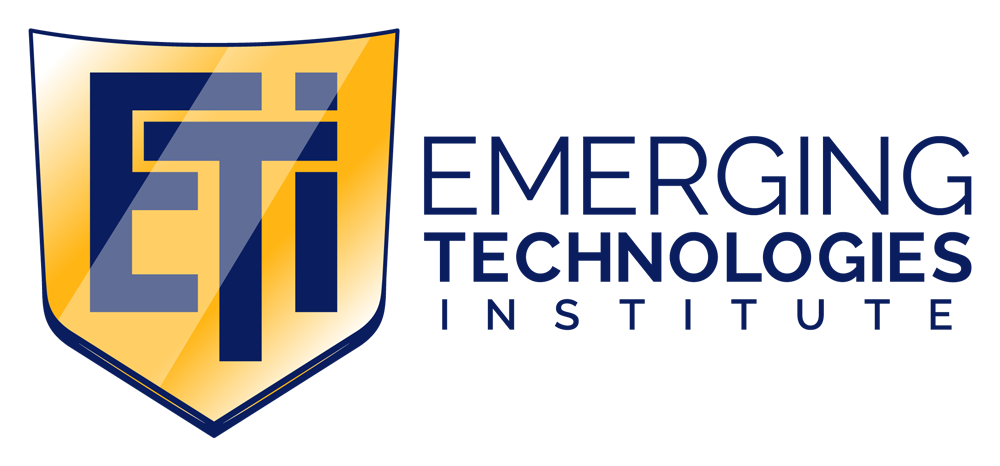ASQ: Six Sigma Black Belt (SSBB)
CERTIFICATION exam PREP
ABOUT THE PROGRAM
In today’s highly competitive global market, organizations across a wide range of industries are striving to achieve near-perfect product quality, optimize cost structures, and become faster and more responsive to customers. They need Six Sigma Black Belt Certification to achieve these goals.
Six Sigma Black Belt is a data-driven improvement strategy that views all activities within an organization as processes. Using Six Sigma principles, process inputs can be controlled and adjusted to effect significant improvements in process outputs. Six Sigma Black Belt makes use of a rigorous, systematic methodology known as DMAIC (define, measure, analyze, improve, and control), as well as several qualitative and quantitative tools. Its goal is to drive process, product, and service improvements for reducing variations and defects.
Certification
This course fully prepares students to take the ASQ Six Sigma Black Belt Certification certification exam.
TUITION: $799
Duration: 56 Hours
Students have full access to the program for 1 year.
This program is self-paced. Self-paced programs create a unique learning experience that allows students to learn independently and at a pace that best suits them.
Includes e-books, and test review questions.
Prerequisites: HS diploma/GED, basic computer skills and familiarity with the internet
Occupational Objectives: Project Manager, Manager of Office and Administrative Support Workers
To learn more about ETI’s tuition and financial aid options, click here.
Course Breakdown
-
Fundamentals of Lean and Six Sigma and their Applications
Project Selection, Roles, and Responsibilities
Strategic Planning and Deployment
-
Impact on Stakeholders and Benchmarking
Using Business and Financial Measures
-
Team Dynamics, Roles, and Success Factors
Team Facilitation and Leadership
Team Dynamics and Training
-
Determining Requirements by Listening to the Voice of the Customer
Business Case, Project Charter, and Tools
-
Process Flow Metrics and Analysis Tools
Data Types, Sampling, Collection, and Measurement
Measurement Systems and Metrology
Using Basic Statistics and Graphical Methods
Probability and Probability Distributions
Determining Process Performance and Capability
-
Measuring and Modeling Relationships between Variables
Basics of Hypothesis Testing and Tests for Means
Tests for Variances and Proportions, ANOVA, and Goodness-of-fit
Multivariate Tools and Nonparametric Tests
FMEA and Other Non-statistical Analysis Methods
-
Understanding DOE and Planning Experiments
Designing, Conducting, and Analyzing Experiments
Lean Improvement Methods and Implementation Planning
-
Statistical Process Control (SPC) and Control Charts
Using Lean Control Tools and Maintaining Controls
Sustaining Improvements
-
Common DFSS Methodologies, Design for X, and Robust Designs

